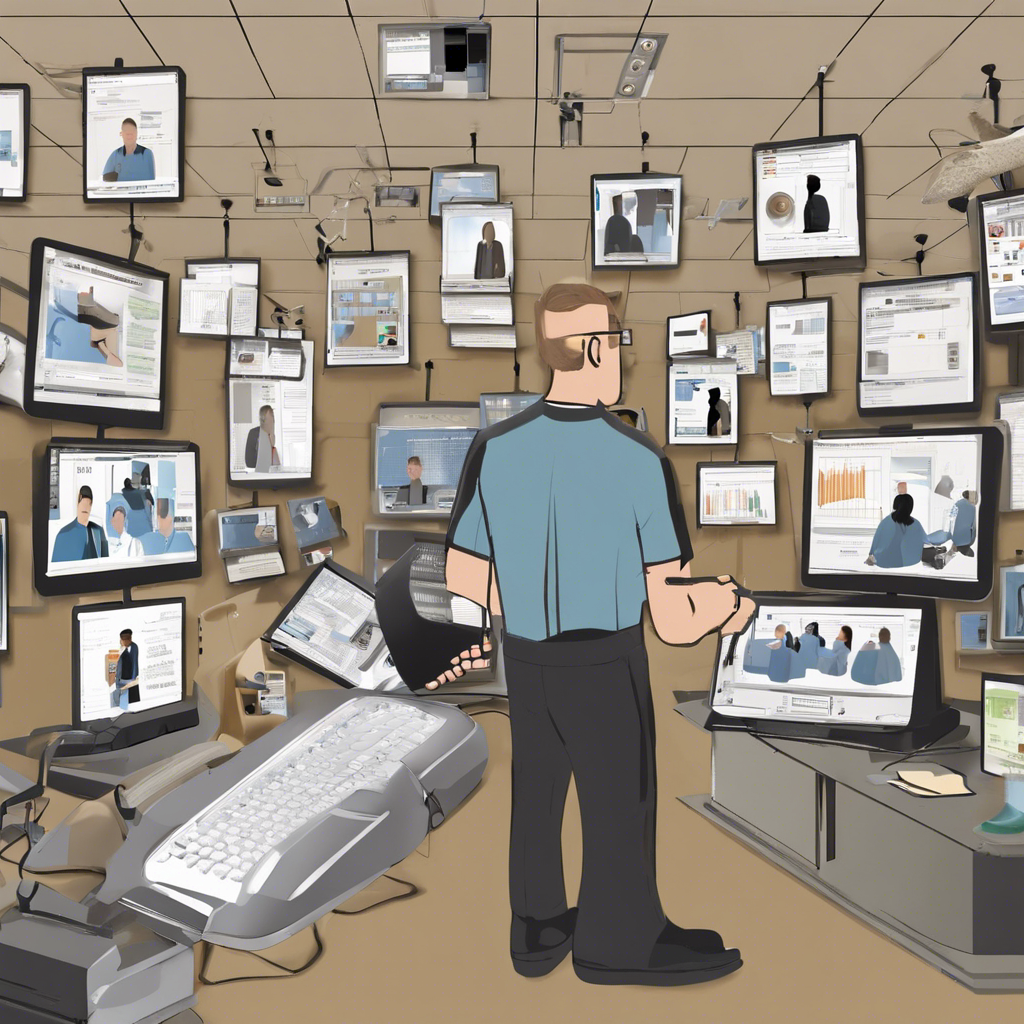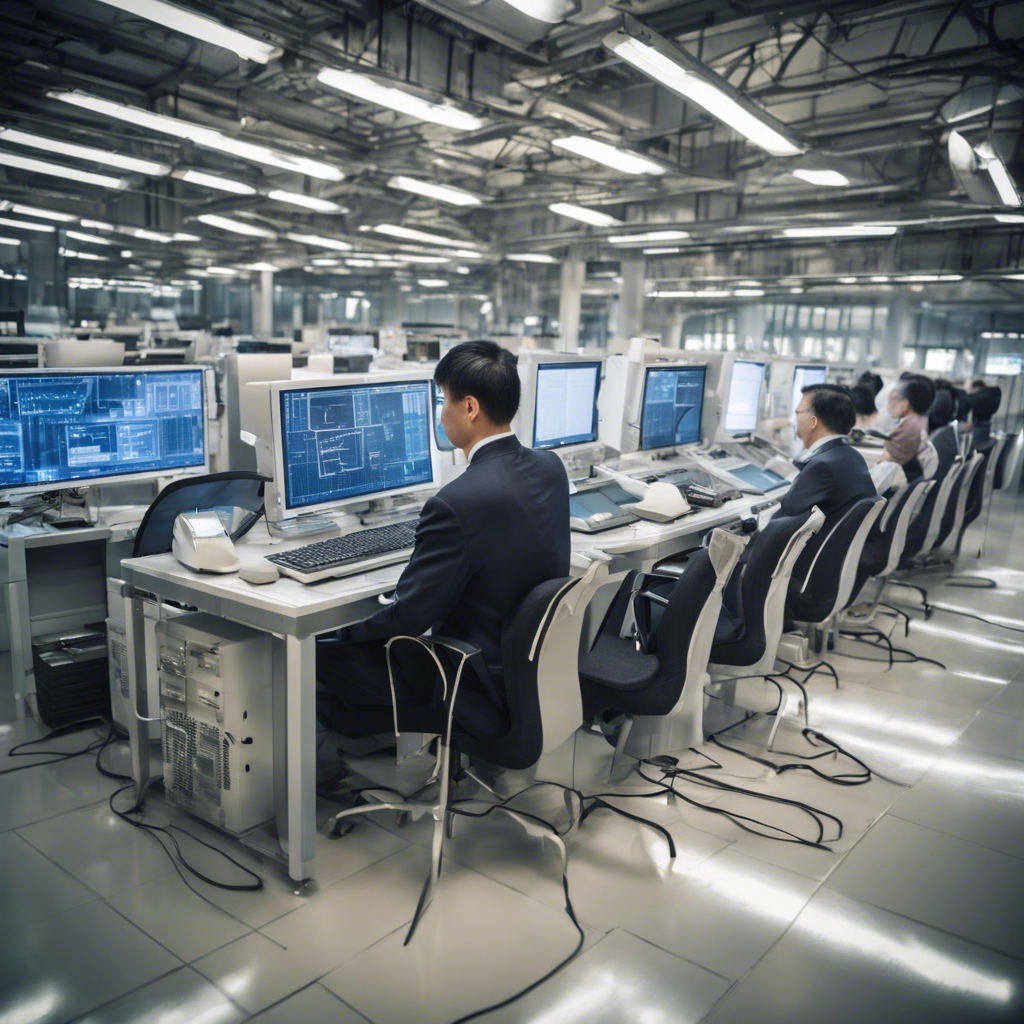Three incarcerated individuals share their daily tech encounters and the impact it has on their lives behind bars.
Technology has become an integral part of our daily lives, permeating every aspect of society. Even in the most unexpected places, like prisons, technology is making its presence known. In this article, we delve into the lives of three incarcerated individuals from New York, Ohio, and Texas, who document their tech encounters throughout a single day. Their stories shed light on the ways in which technology is shaping the prison experience, from access to educational resources to communication with loved ones.
1: The Digital Divide in Prisons
Sara Kielly, an inmate at Bedford Hills Correctional Facility for Women in New York, resides in the earned housing unit, where positive behavior is rewarded with certain privileges. She has access to a unit toaster, microwave, and a personal 13-inch flat-screen TV. The unit also provides shared amenities such as a washer/dryer, day room TV, phones, and a JPay kiosk for downloading emails, movies, and music to her state-issued JPay tablet. Sara’s tech encounters highlight the digital divide within prisons, where access to technology varies based on behavior and institutional policies.
2: Navigating Transition and Limited Access
Heather C. Jarvis, incarcerated in Ohio, lives in a housing unit primarily designated for long-term sentences. Heather describes the challenges of transitioning from JPay to ViaPath, the new provider of personal tablets. She highlights the access issues and kinks that come with this transition. Despite these challenges, Heather values her personal tablet, which allows her to stay connected and engaged. Her tech encounters reveal the importance of technology in maintaining a sense of normalcy and connection with the outside world.
3: Solitary Confinement and Restricted Access
Kwaneta Harris, who has spent eight of her 17 years in solitary confinement in Texas, shares her experiences with limited access to technology. While incarcerated individuals in general population have personal tablets provided by Securus/JPay, those in solitary confinement face restrictions. Kwaneta discusses the removal of certain features, such as video visits and music apps, leaving her with limited options. Her tech encounters highlight the disparities in access and the impact it has on mental well-being.
4: Making Do with Limited Resources
Throughout the day, the incarcerated individuals face various challenges, from faulty equipment to limited resources. Kwaneta, for instance, uses a blow dryer as a heater and makeshift speaker, demonstrating resourcefulness in a restrictive environment. Heather, on the other hand, struggles with a tablet that doesn’t charge properly and the frustration of not receiving messages from loved ones. These encounters underscore the resilience and adaptability of those living within the confines of the prison system.
5: The Cost of Connectivity
Incarcerated individuals often have to pay for the limited access they have to technology. Sara, for example, pays for music and movie rentals on her JPay tablet, while Kwaneta spends money on replacement earbuds and an electric teapot. These expenses highlight the financial burden that incarcerated individuals face in order to stay connected and entertained.
Conclusion:
The stories of Sara, Heather, and Kwaneta provide a glimpse into the complex relationship between technology and the prison experience. While technology offers opportunities for education, communication, and entertainment, it also exposes the inequalities and challenges within the system. The digital divide, limited access, and the financial burden of connectivity all contribute to the unique struggles faced by incarcerated individuals. As technology continues to evolve, it is crucial to address these issues and ensure equitable access for all, even within the confines of the prison system.











